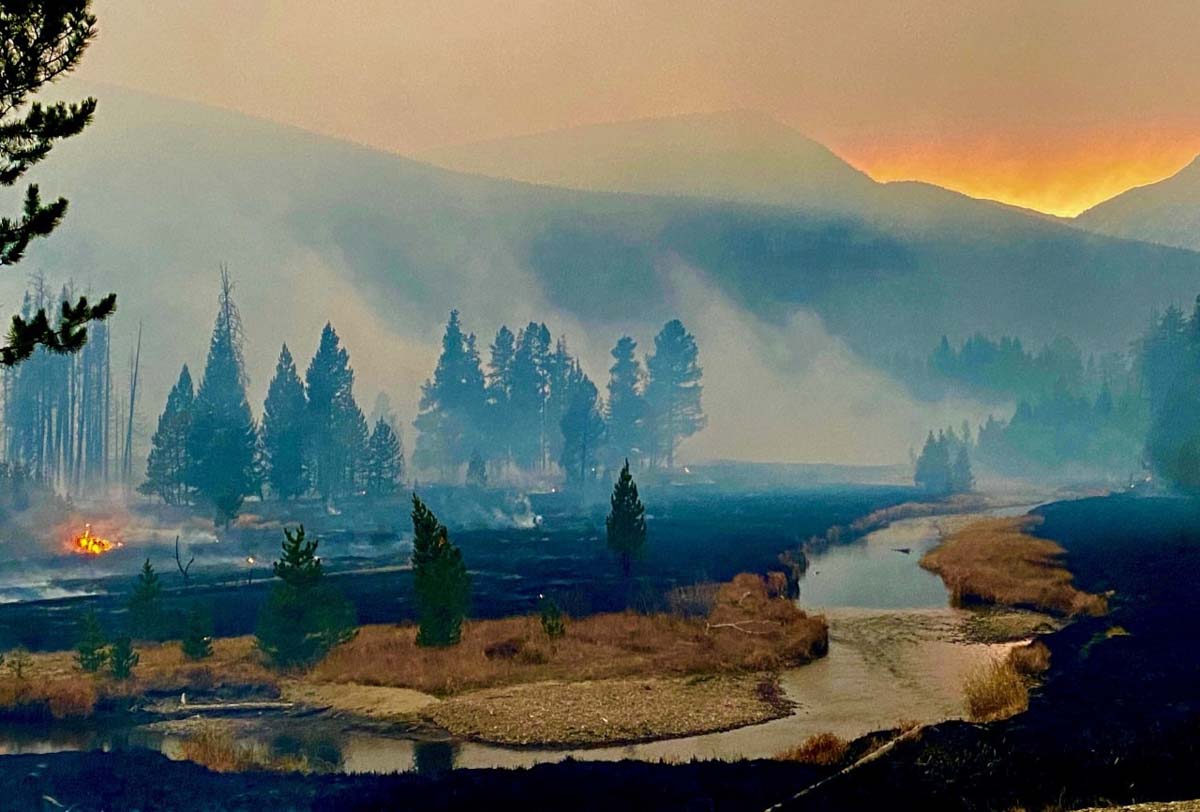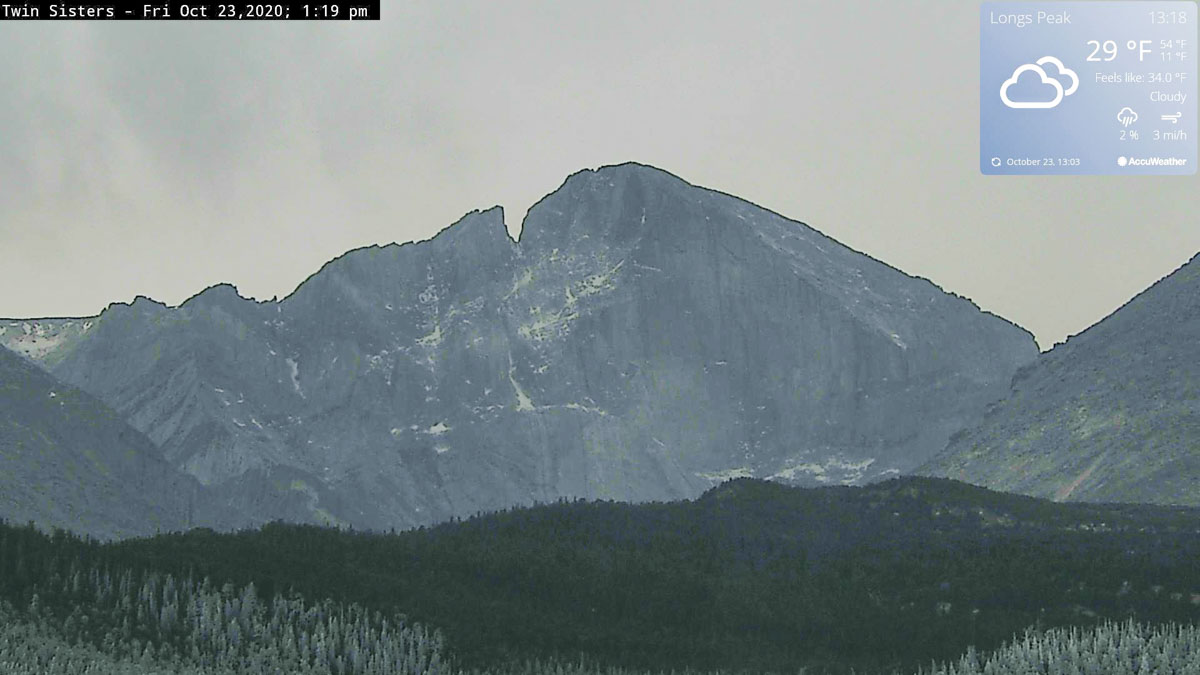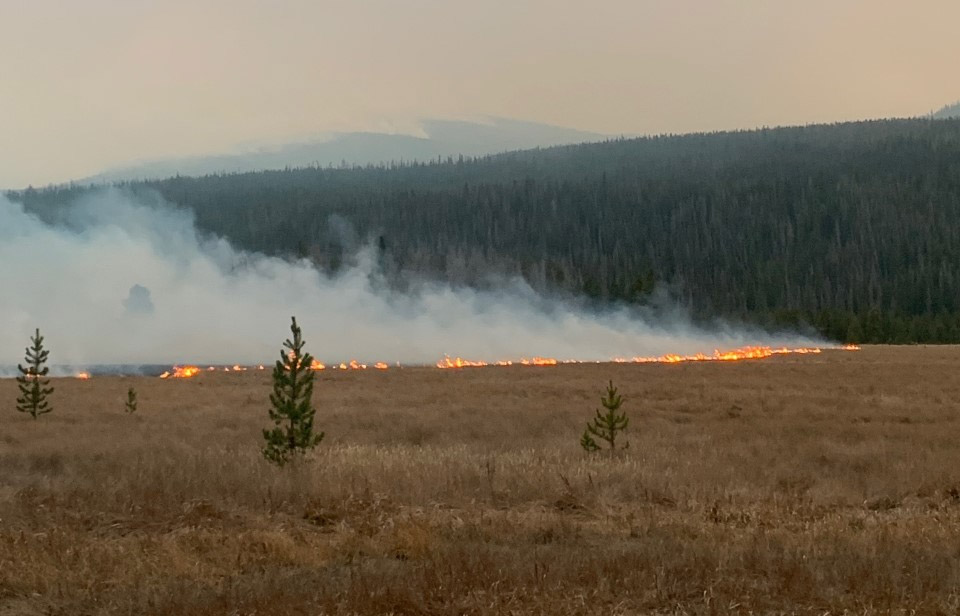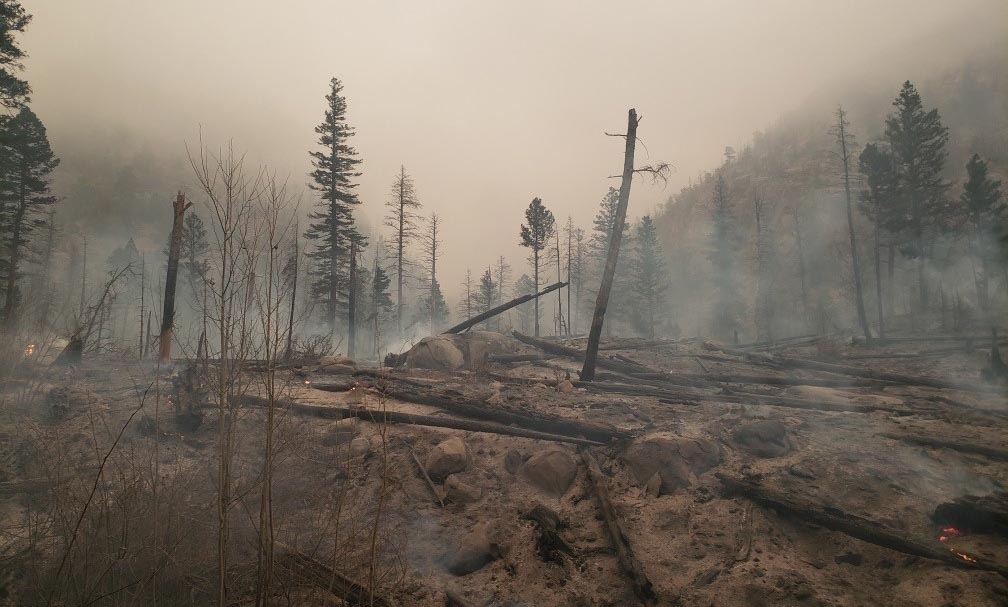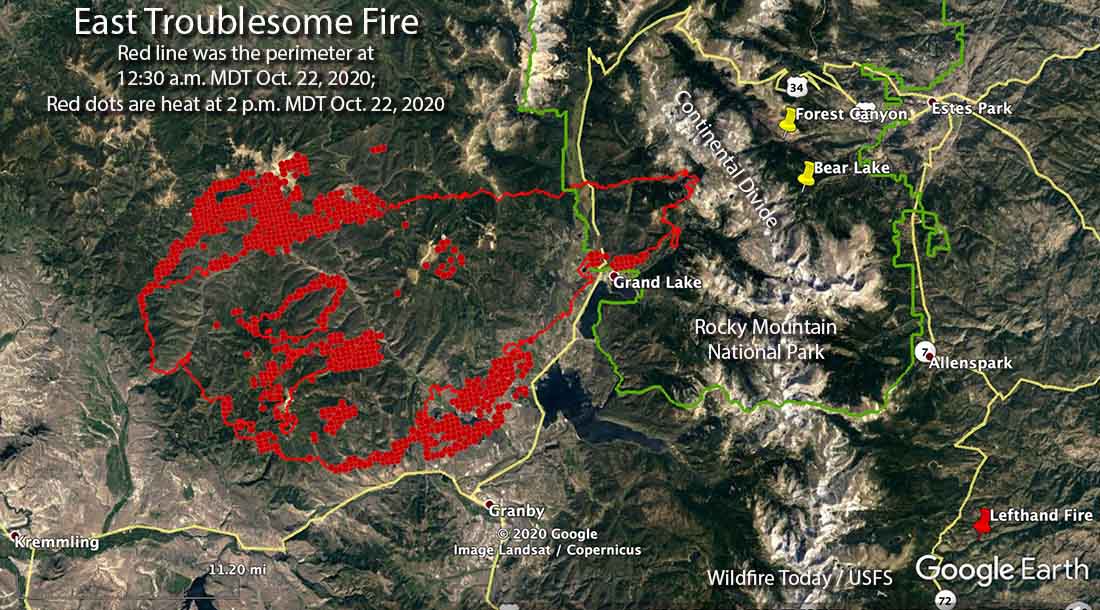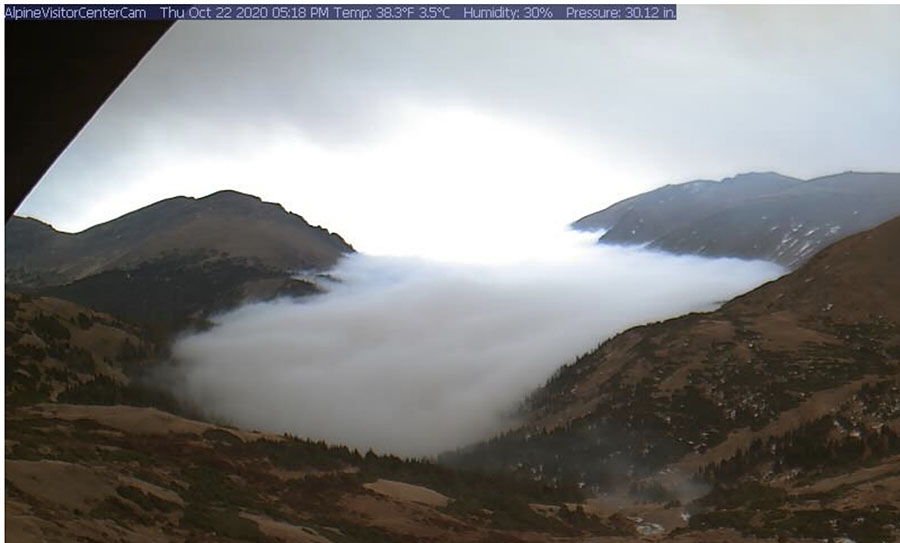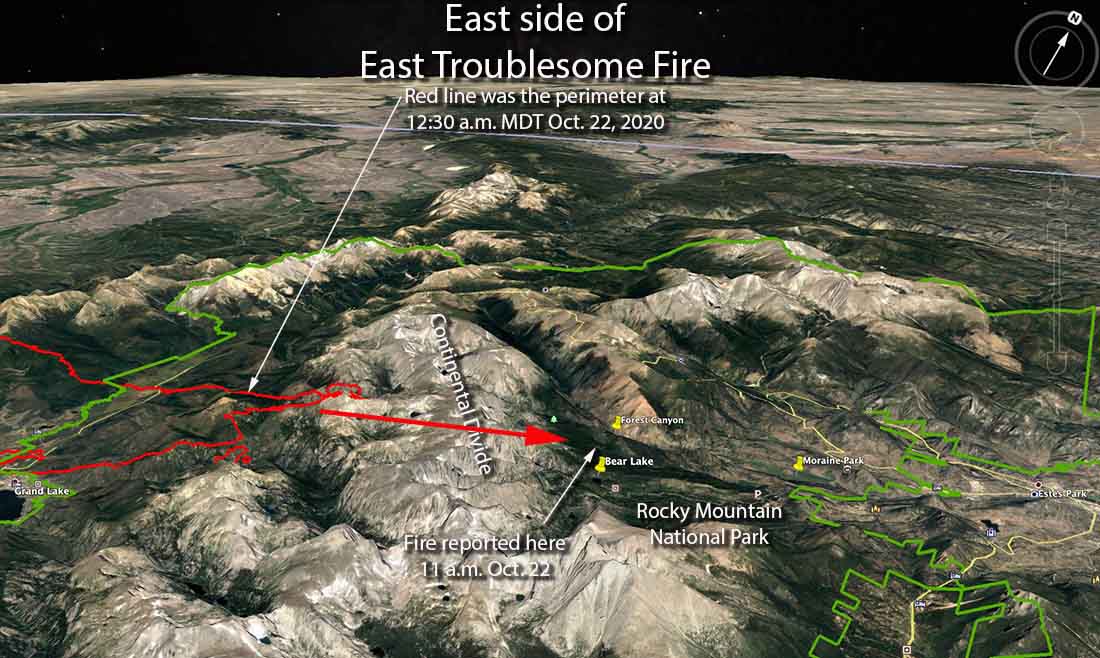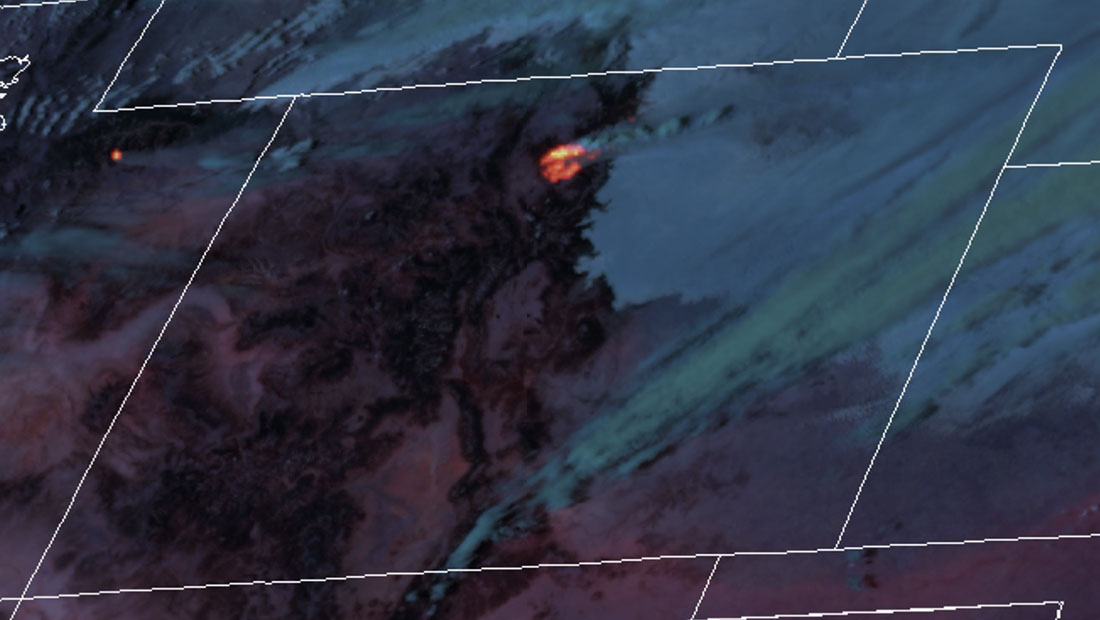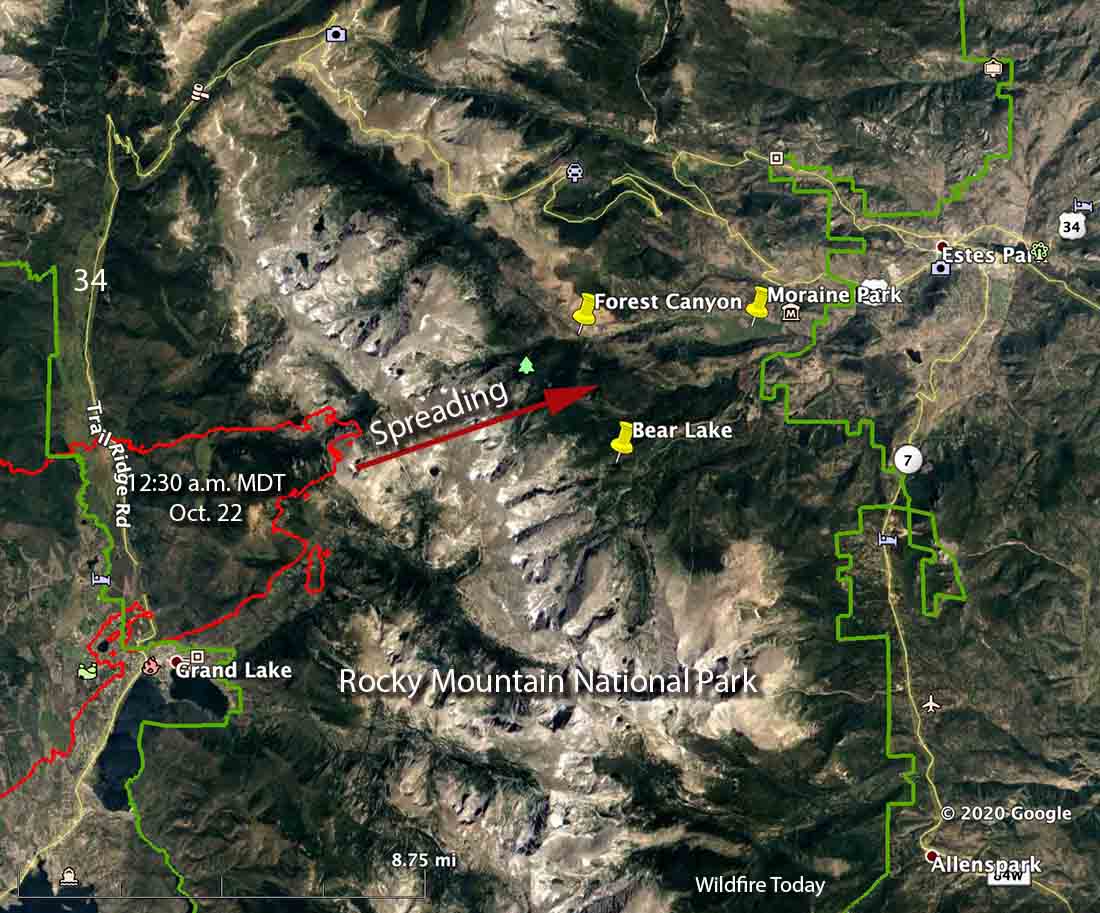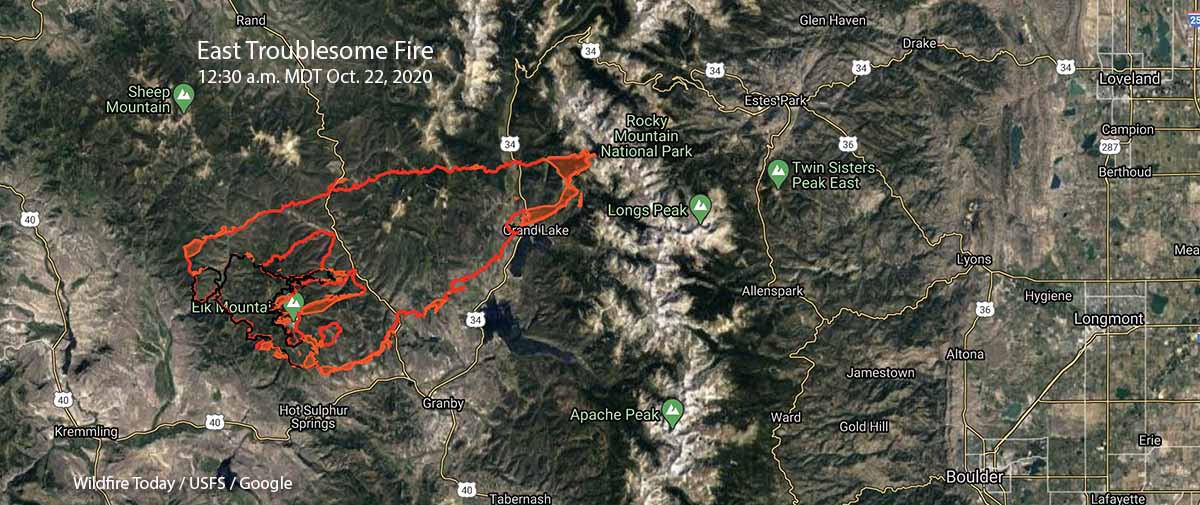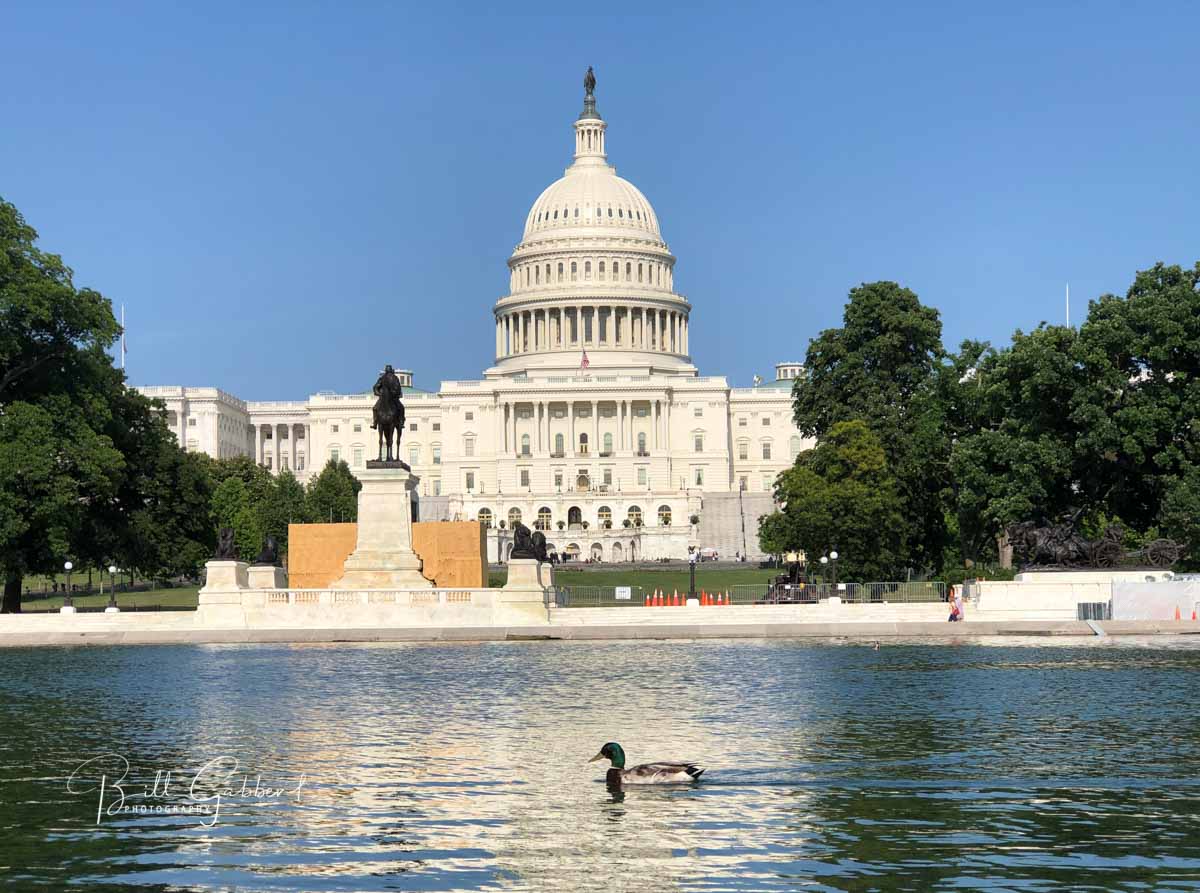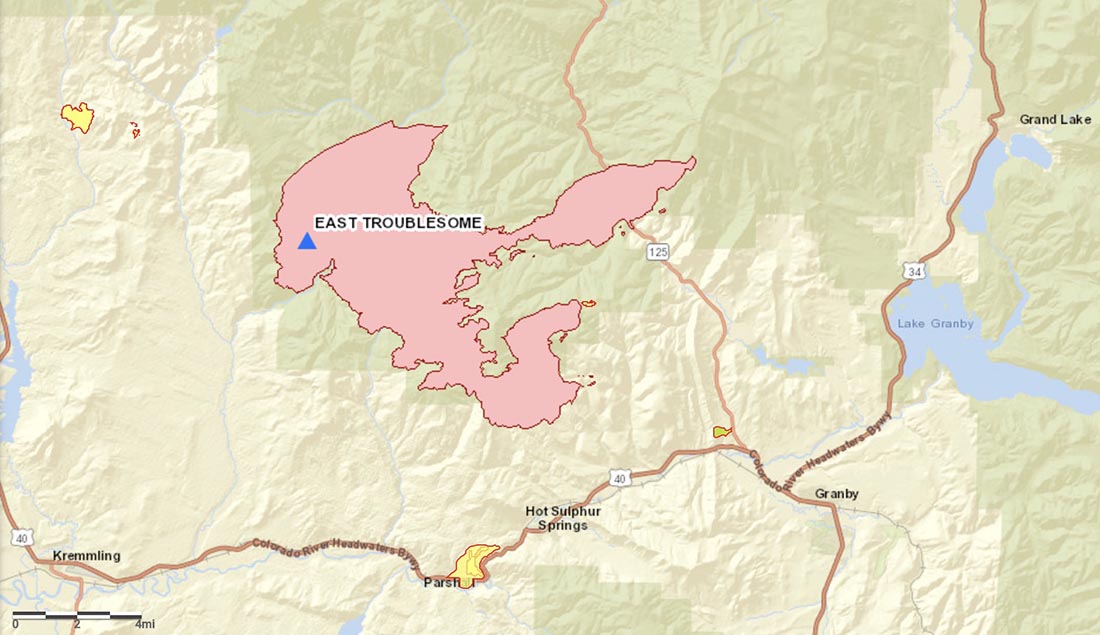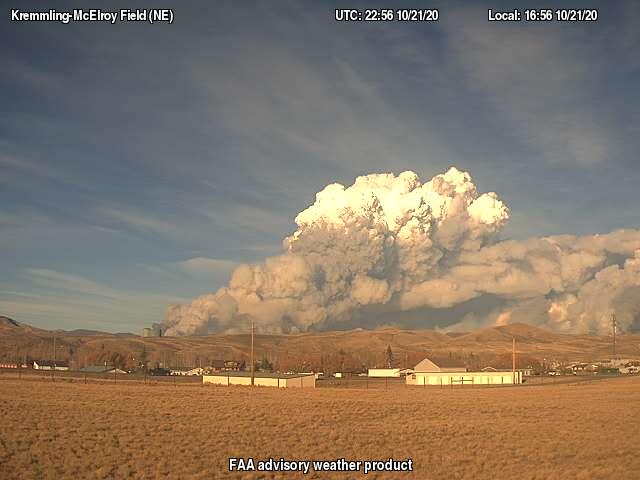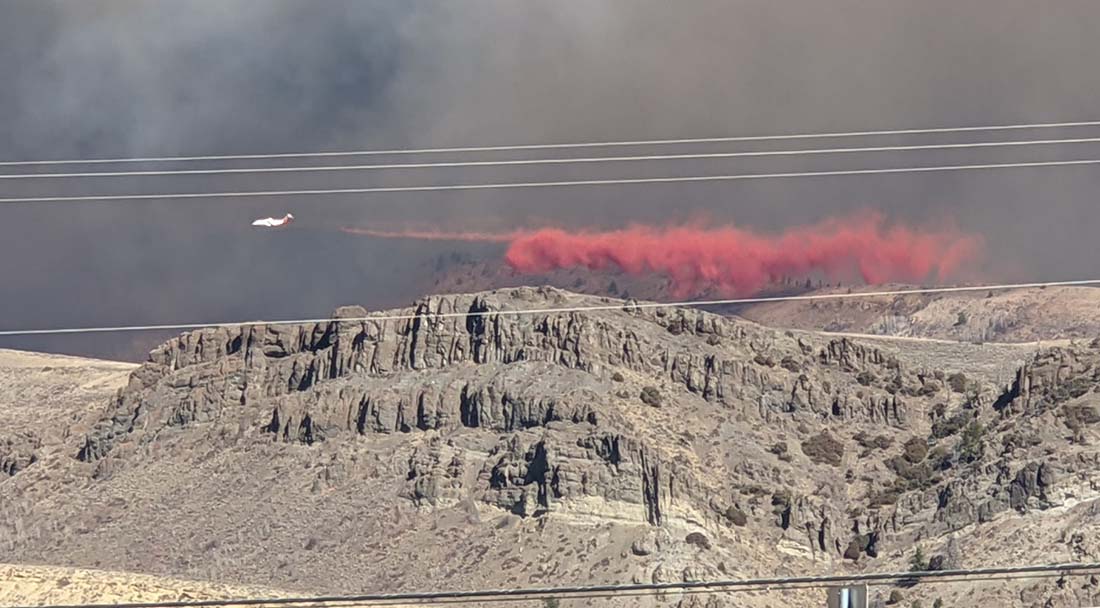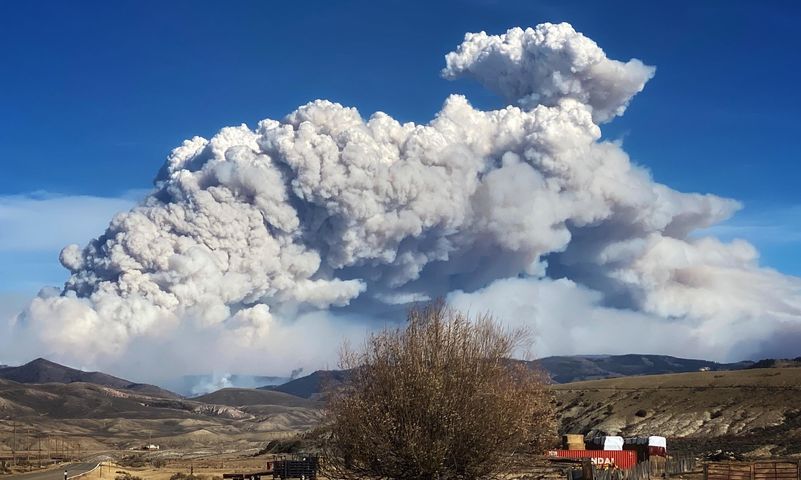
The way the federal government manages wildland firefighters made a small step recently toward gaining enough attention that their issues might be acted upon somewhere down the road. In addition to the legislation that has been introduced this year to establish a wildland firefighter job series and pay them a living wage, two senators wrote a letter to the Secretaries of Agriculture and Interior asking for those issues to be addressed, and also to waive the annual salary cap restrictions for fire personnel and convert seasonal firefighters to permanent.
The letter pointed out that in August 600 US Forest Service firefighter positions were unfilled. In a record-setting year for fires in California and Colorado, having about six percent of the jobs vacant is a problem. Is is also an indication that retention is an issue that needs to be addressed.
The letter was written by the two senators from California, Dianne Feinstein and Kamala Harris. Talking about improving the firefighter program does not accomplish anything, alone. Writing a letter to the Secretaries is a slightly stronger step, as is introducing legislation. PASSING meaningful legislation to make these improvements is what needs to be done, if the executive branch of government can’t or won’t do it on their own.
Below is the full text of the letter written by the senators:
October 19, 2020
The Honorable Sonny Perdue The Honorable David Bernhardt
Secretary of Agriculture Secretary of the Interior
1400 Independence Avenue, SW 1849 C Street, NW
Washington, D.C. 20250 Washington, D.C. 20240
Dear Secretary Perdue and Secretary Bernhardt:
As California and the West contend with yet another historic and destructive wildfire season, it has become clear that we are entering a “new normal” in which increasingly intense wildfires wreak havoc during a nearly year-round fire season. So far this year, California has had over 8,600 wildfires, which have burned a record-setting 4.1 million acres, killed 31 people, and destroyed more than 9,200 homes and structures. Given the increasing demands placed on firefighters and the fact that the federal government owns 57% of the forest land in California, federal firefighting agencies must adapt to ensure that firefighters have the resources they need. To that end, we write with three requests:
1. In conjunction with the Office of Personnel Management, please review and consider increasing the General Schedule (GS) pay scale for all wildland firefighters employed by the Departments of Agriculture and Interior. As a part of this effort, we urge you to consider creating a new, separate job series and GS pay scale for federal wildland firefighters to ensure their pay is commensurate with other firefighting agencies and reflects their training requirements and the hazardous conditions they must endure.
The Pacific Southwest Region of the Forest Service has informed us that “hiring and retention is becoming increasingly difficult due to the high cost of living, increasing minimum wage and the significant discrepancy in salary compensation compared to other wildland fire organizations in [California].” For example, the annual base salary for an entry-level Cal Fire firefighter is $58,000; whereas the base salary for an entry-level Forest Service firefighter stationed in the San Francisco Bay Area is just $33,912. The Pacific Southwest Region has further informed us that as a direct result of low, non-competitive pay, nearly 600 Forest Service firefighter positions (seasonal and permanent) were unfilled as of August—a time when California’s fire activity increased substantially. Federal firefighters are specialized workers who face great risk to protect our families, homes, businesses and natural resources. Their salaries must reflect that, and we simply cannot afford to have so many firefighter positions unfilled.
2. Please examine and consider waiving the annual salary cap restrictions for fire personnel who exceed the GS pay ceiling while working overtime on wildfire emergencies. If Congressional action is necessary to waive these restrictions, please indicate so.
It is our understanding that some federal firefighters are working so many extra hours that they will soon reach the annual pay cap for GS employees and become ineligible for overtime compensation. Being asked to work for no pay places an unfair expectation on federal firefighters. It also serves as a dangerous disincentive for personnel to respond to fires, especially later in the season when conditions are often most dangerous in California. Given that states face different peaks in their fire seasons, we must ensure that federal firefighters remain available later in the year when California’s wildfires are often at their worst.
3. Please consider reclassifying seasonal federal firefighter positions as permanent, and let us know what additional resources or authorities you might need from Congress to do so.
It has become increasingly clear that wildfires in the West are no longer a seasonal phenomenon and that we can, therefore, no longer afford to have a seasonal firefighting workforce. Transitioning to a larger, full-time workforce would add immediate capacity to fight wildfires nationwide, allow for greater flexibility in shifting personnel between regions depending on wildfire activity, provide more stable work opportunities and employee benefits, increase employee retention, and reduce agency costs and burdens associated with the seasonal hiring process.
Some of California’s largest active wildfires—including the biggest in State history, which has now exceeded 1 million acres—are burning on federal land. While we are grateful that Cal Fire, local agencies, and other states and countries have sent crews to help fight wildfires on federal lands, the federal government must address the long-term issues with our federal firefighting workforce. Making salaries competitive enough to fill positions and retain personnel, addressing overtime caps, and transitioning seasonal roles to permanent posts are critical first steps. We urge you to address them as soon as possible, and we stand ready to help.
Sincerely,
(end of letter)
For more on Wildfire Today about these issues:
- Tough fire season takes toll on firefighters’ mental health
- Pending legislation related to wildland fire
- Federal firefighter asks for six specific reforms
- Breathing smoke
- Wildland firefighters’ invisible injuries can be life-threatening
- Wildfire smoke worsens coronavirus risk, putting firefighters in extra danger
- Federal employee suicide rate in 2018 was five times higher than private industry
- US Forest Service Fire Director interviewed about suicide among firefighters

